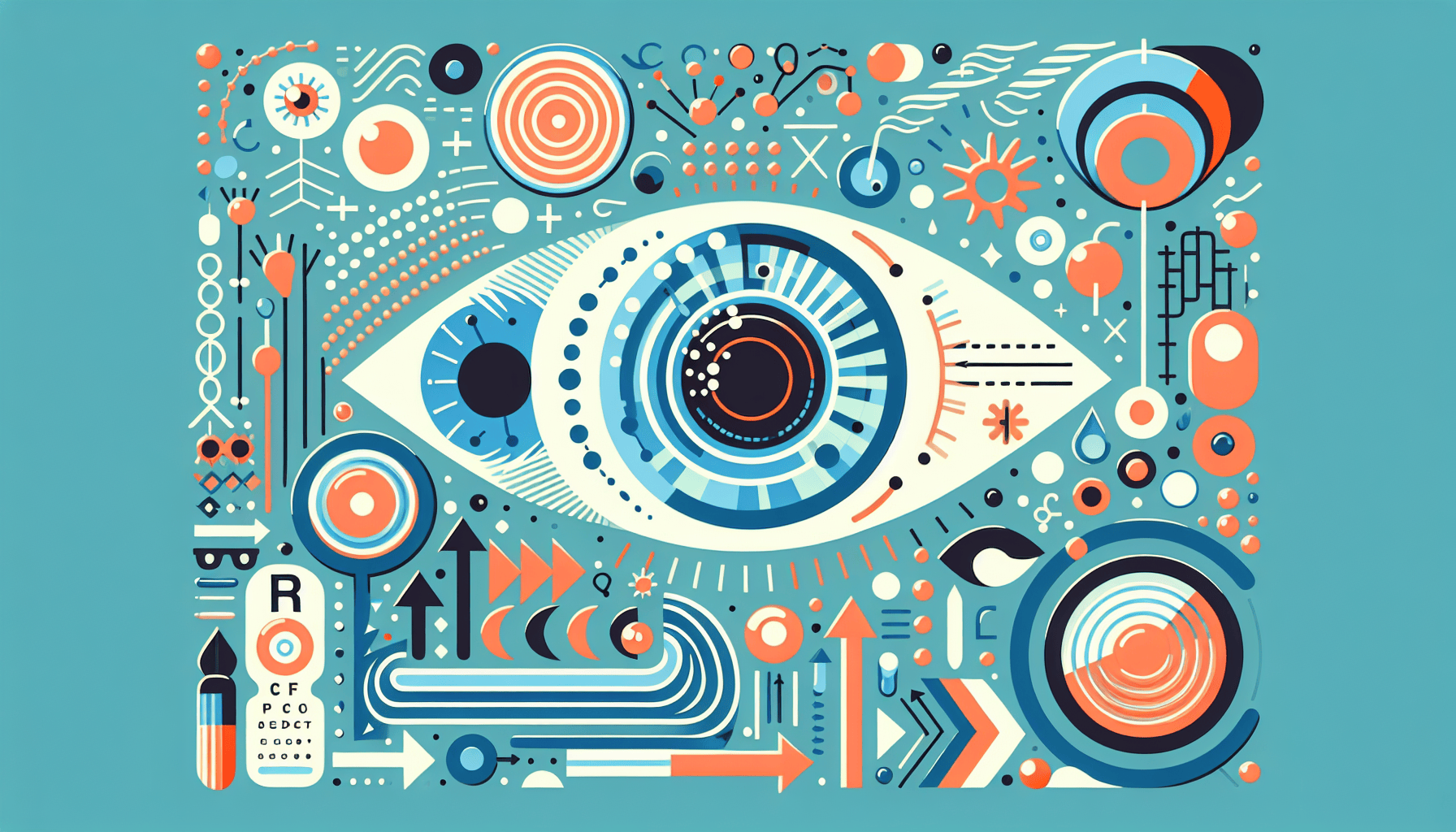Tirzepatide for Sleep Apnea - Can It Help?
Understanding Sleep Apnea and Its ChallengesSleep apnea is a common yet serious sleep disorder characterized by repeated interruptions in breathing during sleep. These pauses [...]
Read More
Medically reviewed by Abhijit Bhattacharyya | MD, PhD, MBA, Tufts University School of Medicine - Miami, Florida on February 14th, 2024.
Keratoconus is a condition that affects the shape of your cornea, the clear outer lens of your eye. In a healthy eye, the cornea has a dome shape, like a ball. However, in people with keratoconus, the cornea becomes thin and bulges outward, forming a cone-like shape. This change in shape can cause vision problems.
The exact cause of keratoconus is unknown, but researchers believe that some people may be more likely to develop the condition due to genetic factors. Several factors may contribute to the development of keratoconus, including:
Family history
Age (usually starts in teenage years or early adulthood)
Certain disorders (Down syndrome, Ehlers-Danlos syndrome, osteogenesis imperfecta, and retinitis pigmentosa)
Inflammation from allergies, asthma, or atopic eye disease
Eye rubbing
Race (Black or Latino individuals may be more likely to develop keratoconus)
As the cornea changes shape, it can cause various symptoms, including:
Blurry or distorted vision
Double vision when looking with just one eye
Halos around bright lights
Light streaks
Triple ghost images
Difficulty driving due to blurry vision

To diagnose keratoconus, your eye doctor will measure the shape of your cornea. The most common method is called corneal topography, which involves taking a photo of your cornea and examining it closely. Children of parents with keratoconus should have a corneal topography every year starting at age 10.
Treatment for keratoconus depends on the severity of the condition. In mild cases, new eyeglasses or contact lenses may be sufficient to correct vision problems. As the condition progresses, other treatments may be necessary, such as:
Rigid gas permeable contact lenses
Cornea collagen crosslinking (to stop the condition from worsening)
Intacs (implantable rings to flatten the cone shape and improve vision)
Cornea transplant (in severe cases when other treatments are ineffective)
It's important to note that laser vision correction surgery (LASIK) is not recommended for people with keratoconus, as it can further weaken the cornea and worsen vision.
If you suspect that you or a family member may have keratoconus, consult an eye doctor for a comprehensive eye exam. Early detection and treatment can help manage the condition and preserve your vision.
For more information on keratoconus, visit:
Understanding Sleep Apnea and Its ChallengesSleep apnea is a common yet serious sleep disorder characterized by repeated interruptions in breathing during sleep. These pauses [...]
Read MoreHeart attacks are often perceived as a predominantly male health issue, but the reality is that heart disease is the leading cause of death for women worldwide. Recognizing [...]
Read MoreTelehealth has transformed the way patients access healthcare, offering convenience, speed, and accessibility that traditional in-person visits often cannot match. With the [...]
Read More